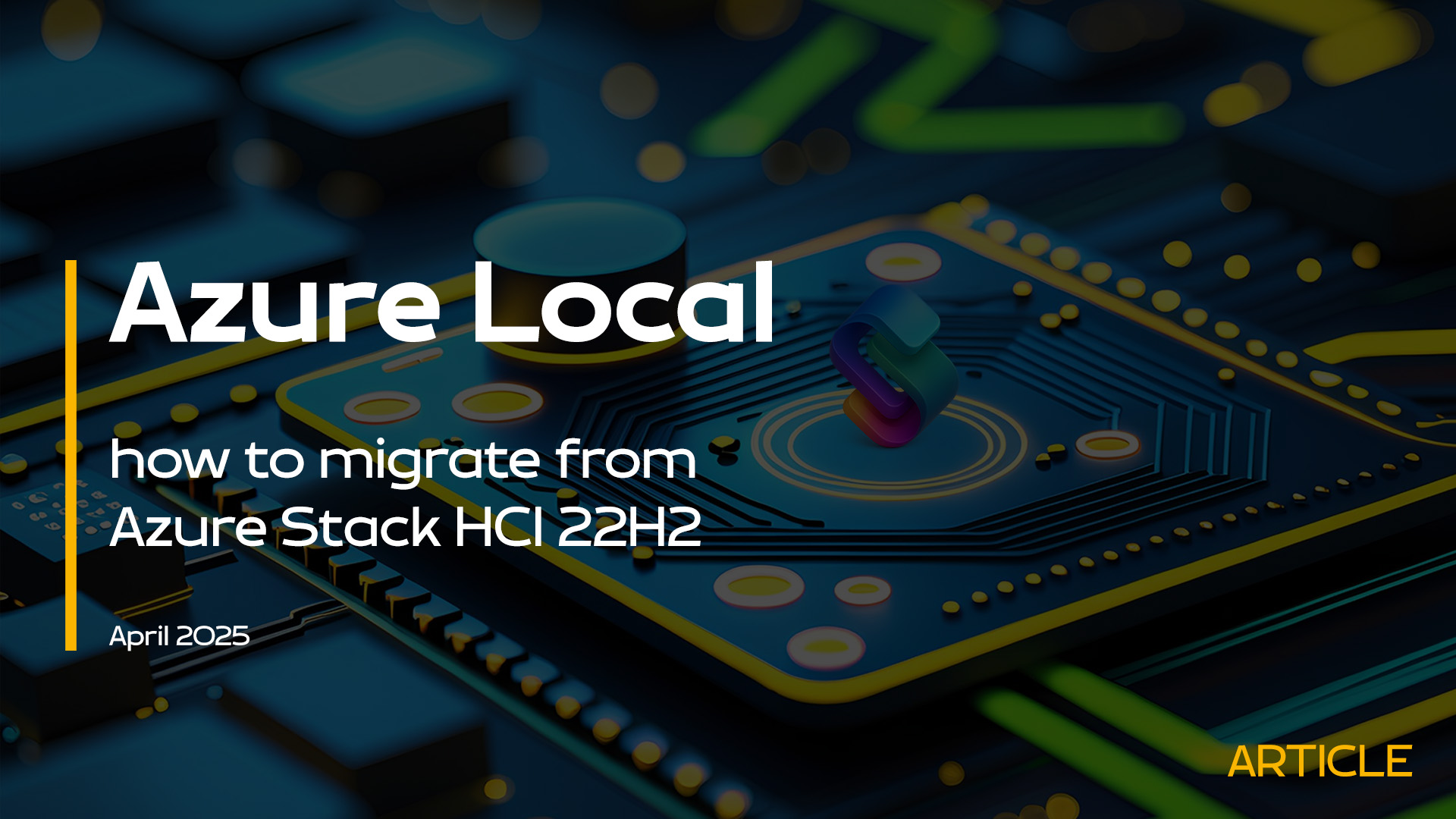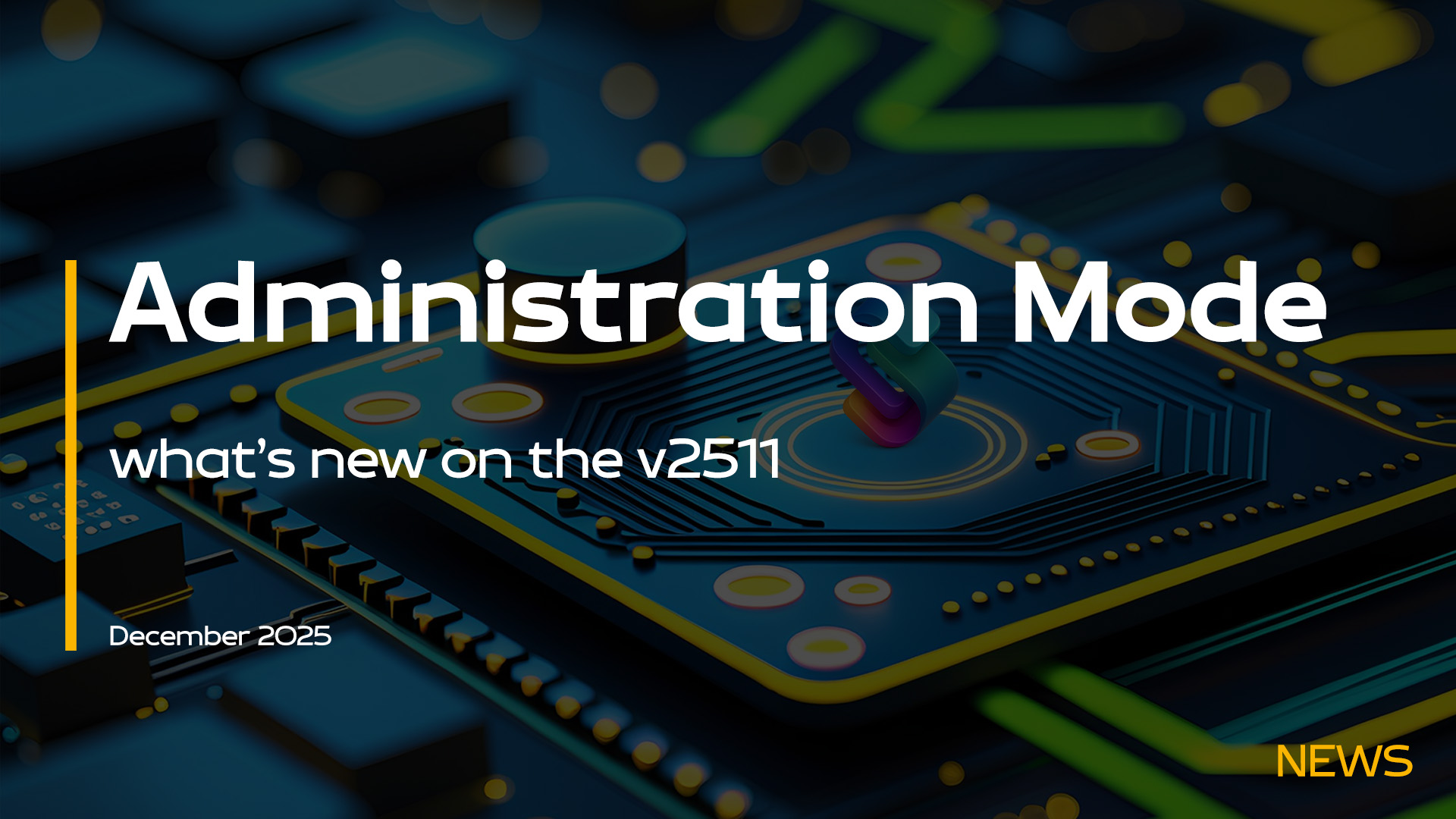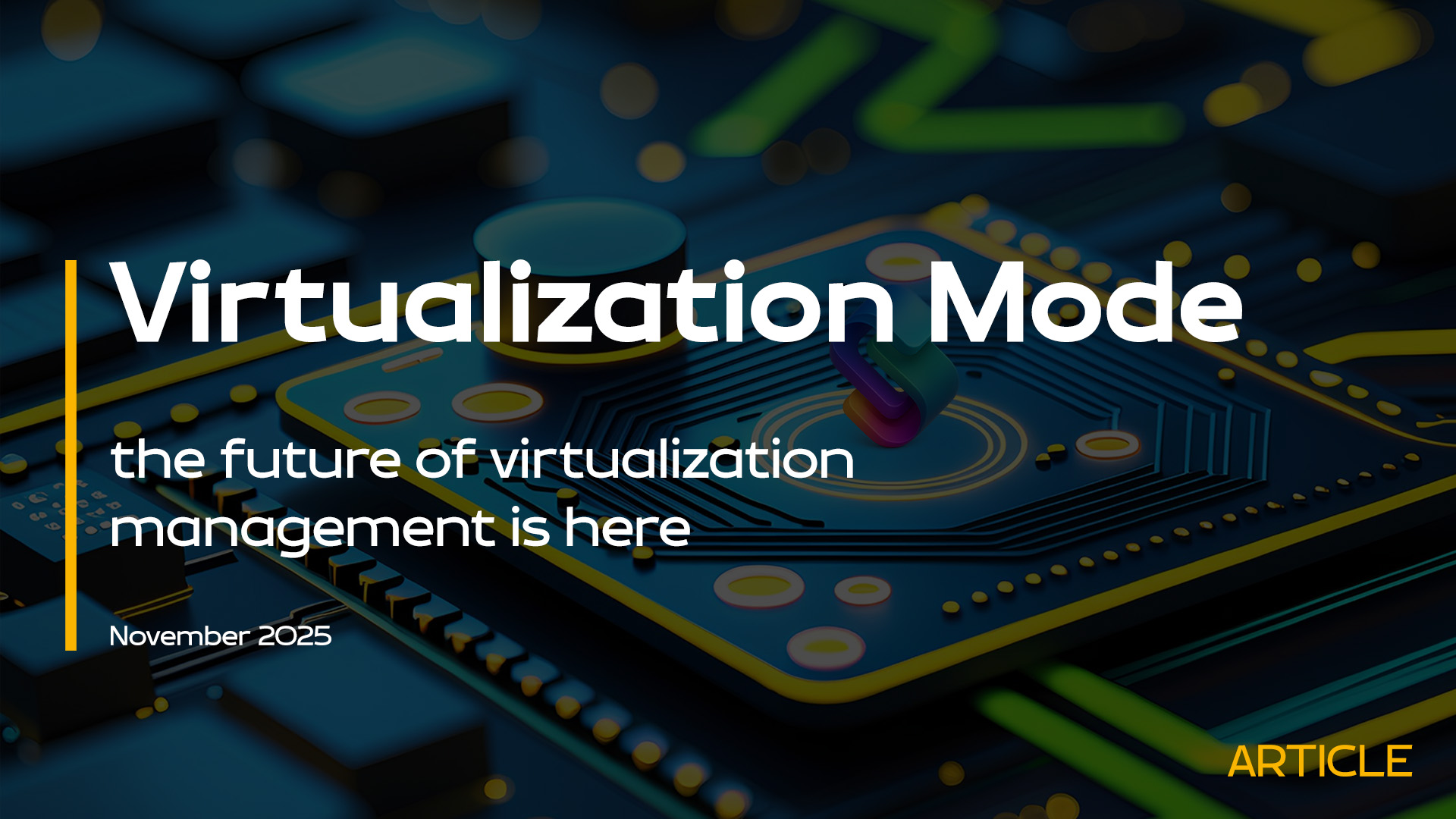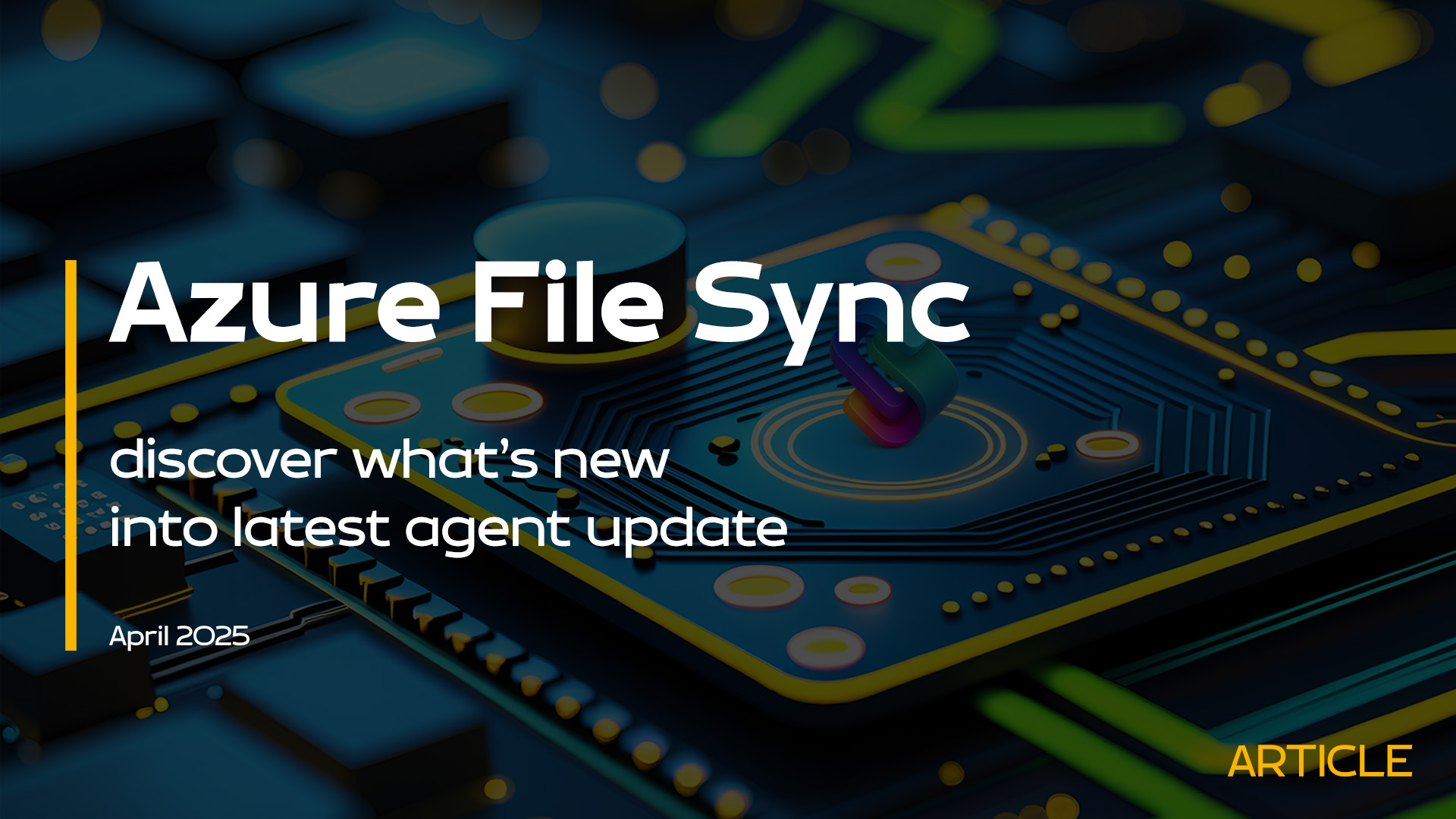Questo articolo è disponibile anche in lingua italiana, al seguente link – Azure Local: processo di aggiornamento da Azure Stack HCI – WindowServer.it
One of the major features of Azure Local, compared to Azure Stack HCI, is the clear separation between the services handled by the operating system and those managed via the cloud. As of today, the operating system is at version 23H2, with the anticipated arrival of 24H2, bringing several new features already seen in Windows Server 2025 – such as enhancements to the NVMe driver.
On the cloud side, updates are released roughly every month. These updates not only include OS security patches but also bring new features that allow the system to leverage existing and new capabilities within Microsoft Azure.
Azure Stack HCI 22H2 had reached a technical growth limit, mainly due to its Resource Bridge, which allowed only limited functionality and could not be updated automatically.
For those unfamiliar with Azure Local, it is a hyperconverged platform designed to provide certain native Azure services within on-premises infrastructures. Its main advantage is enabling special models like AKS or Azure Virtual Desktop, with near-zero latency thanks to the local network.
While today’s best practice for new infrastructures is to start directly with Azure Local, those coming from Azure Stack HCI 22H2 must go through a series of steps to migrate their platform.
The transformation process involves two major steps:
- Upgrade to 23H2
- Run the conversion process and install services on each host – an operation initiated from Microsoft Azure
Server-Side Upgrade
All configuration steps are detailed in this guide – About Azure Local upgrade to version 23H2 – Azure Local | Microsoft Learn. Here, we’ll focus on key operations, especially the operating system upgrade, which can be performed using Cluster Aware Updating (CAU) or manually through Feature Updates.

Note: CAU is mandatory for Azure Local. You must keep it operational to perform monthly updates.
After the update process – which takes about 30 minutes per host – you’ll need to run two commands to update the cluster and storage pool functionalities:
Update-ClusterFunctionalLevel
Update-StoragePool -FriendlyName “S2D on hci-cluster1”

If you haven’t already done so with 22H2, you’ll need to migrate the entire network stack under Network ATC. Think of this as a smarter form of NIC teaming, where multiple network cards are aggregated and partitioned by scope (Compute, Management, Storage).
This operation might take up to 60 minutes, especially if core switch configuration is required.
Storage Considerations
Next comes the storage part, which introduces an important new feature: the creation of a dedicated volume for stack management and maintenance. You’ll need about 250GB of free space for this new volume. Ideally, this space should already be available if you initially reserved a 10% buffer during Storage Pool creation.
Warning: If no buffer was reserved, you might need to recreate the entire pool from scratch, leading to a significant service disruption – converting from Fixed to Thin provisioning is not always possible.
Between validation processes (using PowerShell scripts) and remediation tasks, this step could take up to 2 hours.
Cloud-Side Upgrade
Once validation passes, you can move to Microsoft Azure, within the Azure Arc section dedicated to Azure Stack HCI, to upgrade the core services and extensions.

The wizard will guide you through:
- Creating a Key Vault
- Defining the IP ranges to assign to the Resource Bridge

Even if you already performed validation via PowerShell, the wizard will re-run these tests to ensure no configuration changes occurred.
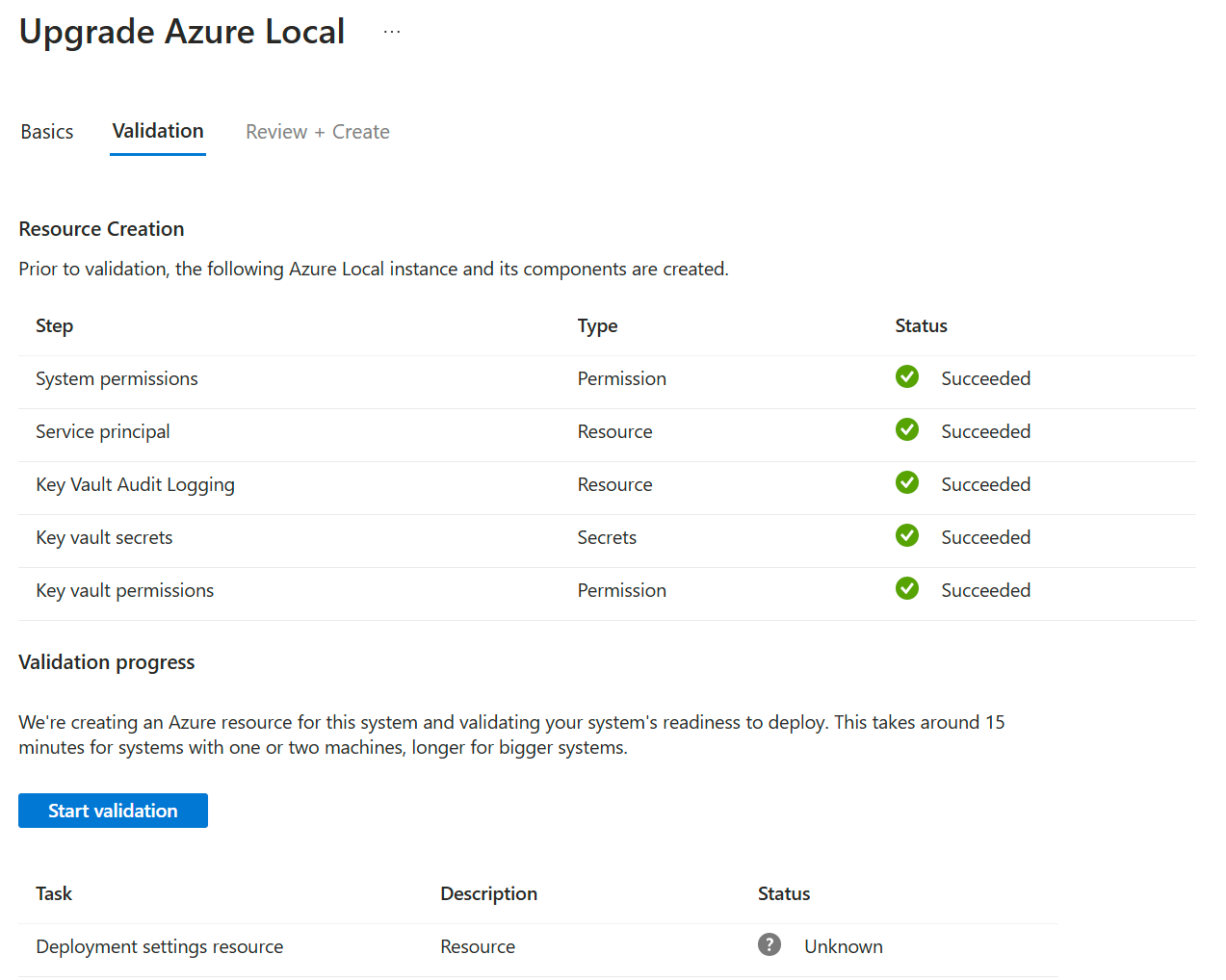
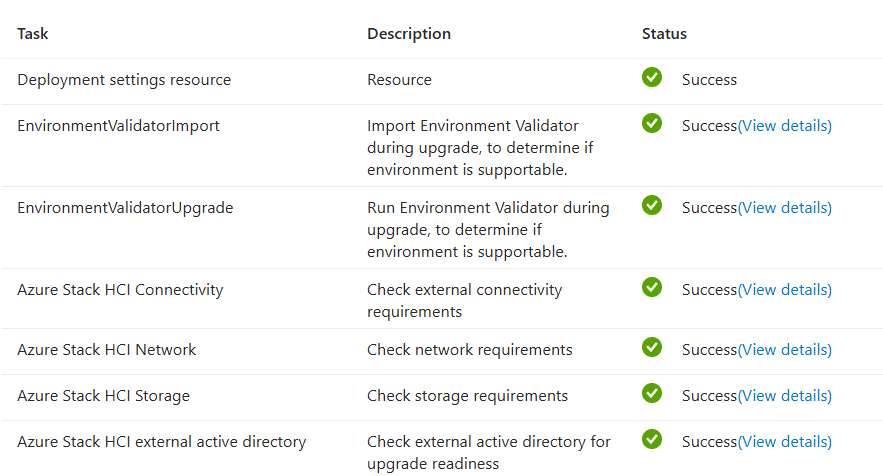
After a successful test, you can proceed with the upgrade to Azure Local. Be patient: the entire process can take around 4 hours, including downloading updates, configuring new cluster roles, deploying the Resource Bridge, and setting up all new components.

In case of failure, you’ll be able to analyze the issue and re-launch the wizard.
Once the upgrade completes, you’ll regain the ability to create cloud-based resources like Virtual Machines, AKS Containers, Azure Virtual Desktop, and everything else the platform offers. On-premises, aside from four new services and the updated Resource Bridge, you won’t see major changes.
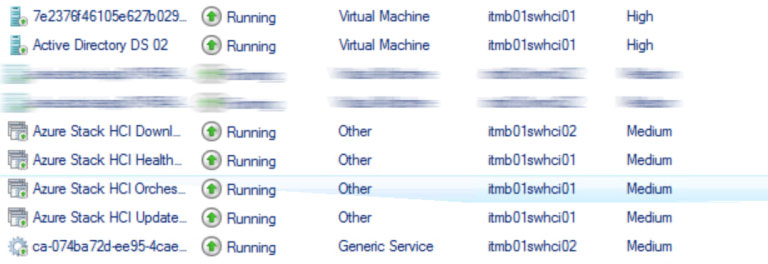
Future articles will cover the creation of various resources, although the process hasn’t changed much from the past.
Known Issues
There are some known issues, especially for users migrating from 22H2 to 23H2, such as Live Migration failures. This can be resolved by applying a registry key.
A dedicated GitHub page collects tips to address common problems during the upgrade phase:
AzureLocal-Supportability/TSG/Upgrade at main · Azure/AzureLocal-Supportability · GitHub
It’s strongly recommended to perform the upgrade during low-traffic hours, following all operational phases carefully to be proactive in case of issues. Also, it’s a good idea to keep at least one Domain Controller outside the cluster during this phase to ensure that cluster authentication services remain available.
Conclusions
The upgrade to Azure Local unlocks all native cloud functionalities within your hyperconverged platform. It’s an opportunity to fully leverage the solution’s potential. Technically, you could update only the operating system without touching the cloud components, but that would waste the investment in a cloud-native HCI system.
Once the transition to Azure Local is complete, updates will be managed via Azure Update Manager, orchestrating patch management and implementing new features with ease.
#DBS


